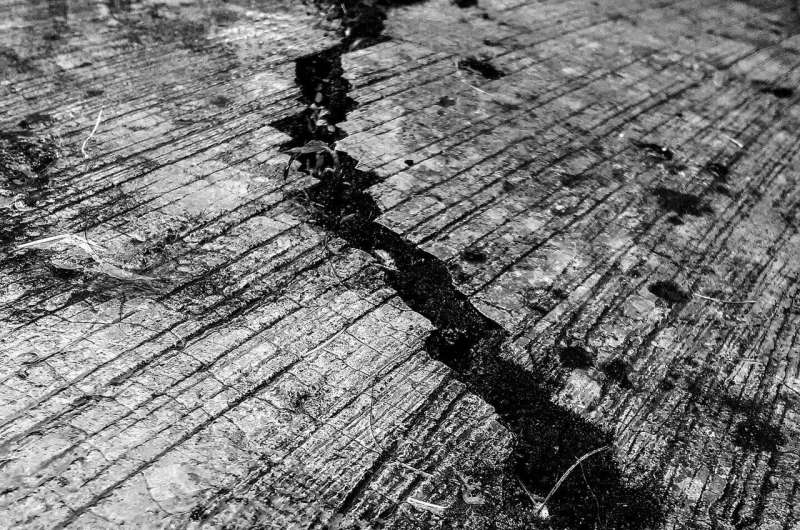This article has been reviewed according to Science X's editorial process and policies. Editors have highlighted the following attributes while ensuring the content's credibility:
fact-checked
trusted source
proofread
How Taiwan managed to keep its death toll so low during the 7.4-magnitude earthquake

A 7.4 magnitude earthquake has rocked the east coast of Taiwan—the largest the island nation has seen in more than 25 years.
The death toll as of Thursday stands at 10, with more than 900 injured and dozens more missing. The powerful initial quake set off tsunami warnings in Japan, China and the Philippines.
For a region so densely populated, the number of recorded deaths is remarkably small compared to the strength of the earthquake—a testament to the country's disaster preparedness, says Daniel Aldrich, a Northeastern professor, director of the university's Security and Resilience Program and co-director at the Global Resilience Institute.
"What we're seeing here is a combination of a 'top-down' and 'bottom-up' governance culture that has kept the death toll relatively low," Aldrich tells Northeastern Global News. "The government has long recognized the threat from seismic risks and invested in a variety of measures like, for example, very strict building codes."
In disaster preparedness, "top-down" means that officials update and enforce building codes; make plans—such as evacuation shelters, food and water distribution, among others—in expectation of future shocks; and allocate resources, such as ensuring hospitals and medical personnel are well-equipped in event of a shock.
"Bottom-up" means communities work together, trust each other and plan for shocks—mapping out evacuations and deciding who needs help based on their local needs.
Aldrich says the best approach to managing and preparing for disasters combines both concepts "for a well-rounded strategy."
The earthquake was recorded roughly 15 miles south of Hualien county just before 8 a.m. local time. Officials recorded 76 aftershocks in less than five hours, according to the Central Weather Administration.
"I went and looked back at Haiti, India and China, all of which had earthquakes of a very similar magnitude," he says. "And in the middle of all those, Haiti lost 220,000 people; India, 15,000 people; and China, 90,000 people."
Rescue personnel are working to free dozens of people who are trapped, reports say.
"You see many people, for example, in evacuation shelters," he says. "It's clear they knew where to go. You don't see people trying to go back and get items out of very dangerously balanced buildings, or partially collapsed buildings. They trusted the information that they were getting from the government and they worked with their neighbors collectively to try and help and save people. So that combination of a top-down governance structure, which takes disaster risk seriously, and the bottom-up structure, has created an outcome for Taiwan that is just incredible, really."
Aldrich says most of the deaths in Taiwan so far have been a result of rockslides.
"Those are not the typical urban deaths that you see," he says. "Again, in Haiti, India and China, the deaths that occurred in pretty densely populated societies, those deaths had been mainly building collapses."
"It's a testament to the strength of the governance system that we have seen some buildings collapse [in Taiwan], but those have not resulted in mass fatalities on the scale that we've seen in other countries," Aldrich adds.
As of Wednesday morning, the U.S. Pacific Tsunami Warning Center said that the tsunami threat "has now largely passed."
Provided by Northeastern University
This story is republished courtesy of Northeastern Global News news.northeastern.edu.



















